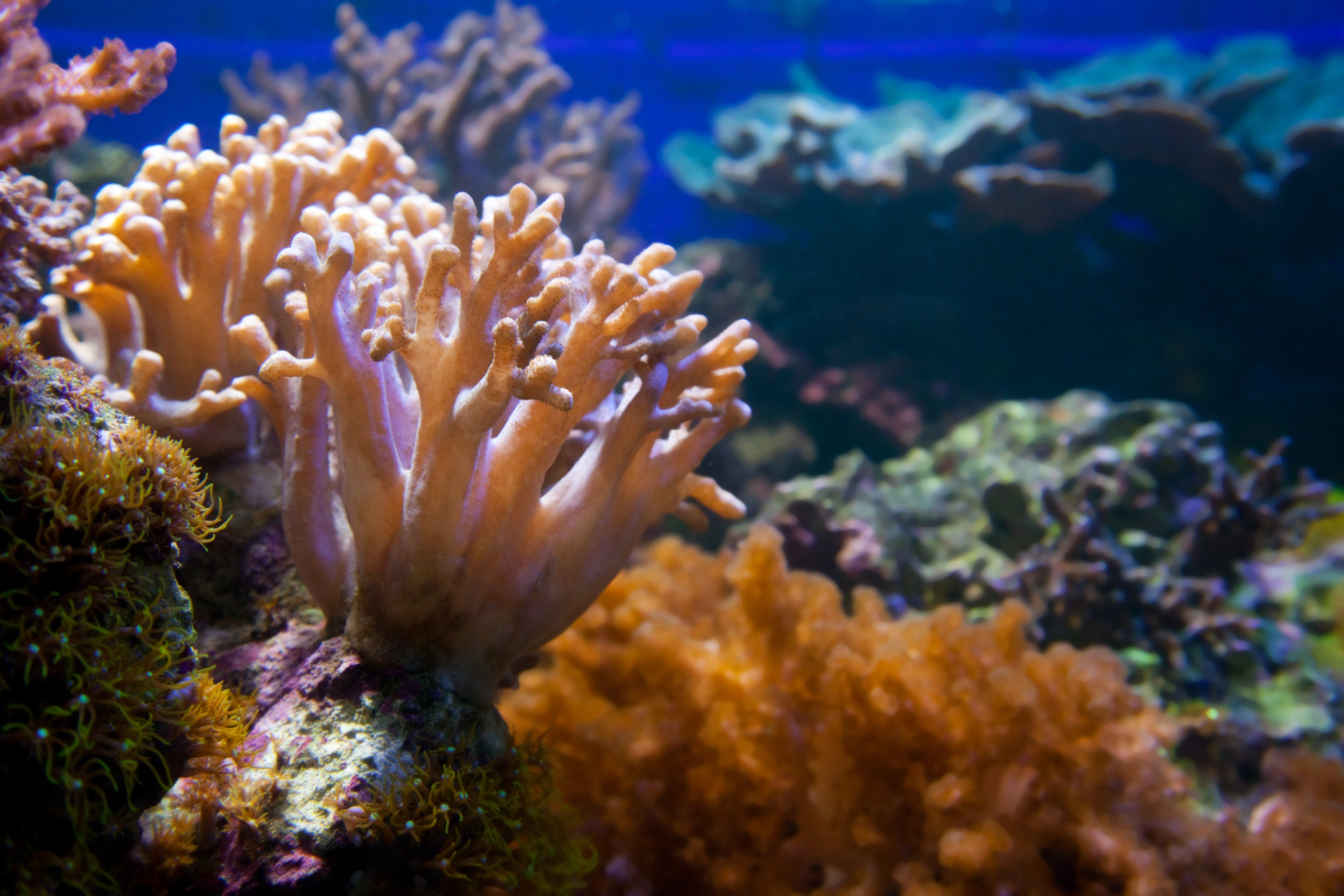Coral atolls are among the most fascinating and unique natural formations on Earth. They develop over thousands of years through complex geological and biological processes. In addition to their stunning appearance, atolls play a crucial role in marine ecosystems and global climate regulation. While many people know them from postcards or films, their true nature is much deeper and more remarkable. Here is a collection of interesting and educational facts about coral atolls that you might not know.
- An atoll forms around a submerged volcanic island where corals grow along the island’s perimeter, eventually creating a ring shape. As the volcanic island gradually sinks below sea level, the coral continues to grow upward. This process can take millions of years and requires stable environmental conditions. The theory behind this formation was first proposed by Charles Darwin.
- Atolls are mostly found in the Indian and Pacific Oceans, while they are rare in the Atlantic. You can find them in places like the Maldives, French Polynesia, the Marshall Islands, and Tuvalu. Their distribution depends on water temperature and the presence of warm ocean currents. Some regions are almost entirely composed of this type of island.
- The largest atoll in the world is the Great Chagos Bank, located in the central Indian Ocean. Its total area exceeds 12,000 square kilometers, although land accounts for only a small part of it. This area is part of a British overseas territory. Tourist access is highly restricted or entirely forbidden.
- Atolls are some of the oldest ecosystems on the planet, with some dating back tens of millions of years. Their fragile structures make them particularly sensitive to environmental changes such as rising sea temperatures and ocean acidification. Coral bleaching can lead to the complete degradation of the reef. As a result, many atolls are now under environmental protection.
- Some atolls belong to countries that face the risk of complete submersion due to rising sea levels. Many islands stand only 1 to 2 meters above sea level, making them extremely vulnerable to flooding. For nations like Tuvalu or Kiribati, this represents a real existential threat. Climate change, in their case, means fighting for survival.
- Atolls are home to thousands of marine species, including many endemic and endangered ones. Coral reef ecosystems involve intricate relationships between fish, crustaceans, mollusks, and corals. These environments are studied by biologists and ecologists from around the world. In addition, they serve as natural barriers that protect land from storm waves.
- Surprisingly, some atolls have freshwater sources. These form from rainwater accumulating in the upper layers of soil, creating what is known as freshwater lenses. However, they are extremely sensitive and can easily become polluted or contaminated by saltwater. Drinking water on such islands is an invaluable resource.
- Tourism is an important source of income for many island nations that have atolls. Beautiful beaches, clear waters, and rich marine life attract divers and nature lovers from across the globe. However, excessive tourism can harm coral reefs and local ecosystems. As a result, more and more protected zones and visitor limits are being implemented.
- In the past, atolls were used by sailors and pirates as shelters and places to restock supplies. Their enclosed lagoons often served as natural harbors, protecting ships from storms. Until the 19th century, many of these places remained unknown to European mapmakers. Some lagoons even hid secret military bases during the 20th century.
- Atolls provide invaluable scientific data for biologists, geologists, and climate researchers. Long-term studies are conducted on biodiversity, coastal erosion, and climate patterns within these environments. Some atolls even host year-round research stations. These formations serve not only as natural wonders but also as open-air laboratories.
- While people often imagine atolls as perfectly round, their actual shapes can be highly irregular. Their structure depends on ocean currents, wave strength, and the shape of the underwater volcanic base. Each atoll is unique in terms of size, lagoon depth, and reef structure. This makes them important subjects for geographic and environmental research.
- The beauty of atolls has inspired artists, writers, and travelers for centuries. Their remoteness, purity, and closeness to nature symbolize peace and paradise. Many novels, paintings, and films are set in these exotic locations. An atoll is not only a geographic phenomenon but also a cultural image of escape and serenity.
These fascinating and captivating facts highlight the uniqueness of coral atolls from both natural and human perspectives. Their preservation is becoming increasingly important in the face of global climate change and human impact. Protecting these delicate ecosystems is a shared responsibility. Through them, we gain a better understanding of the connection between the ocean and life on Earth.





